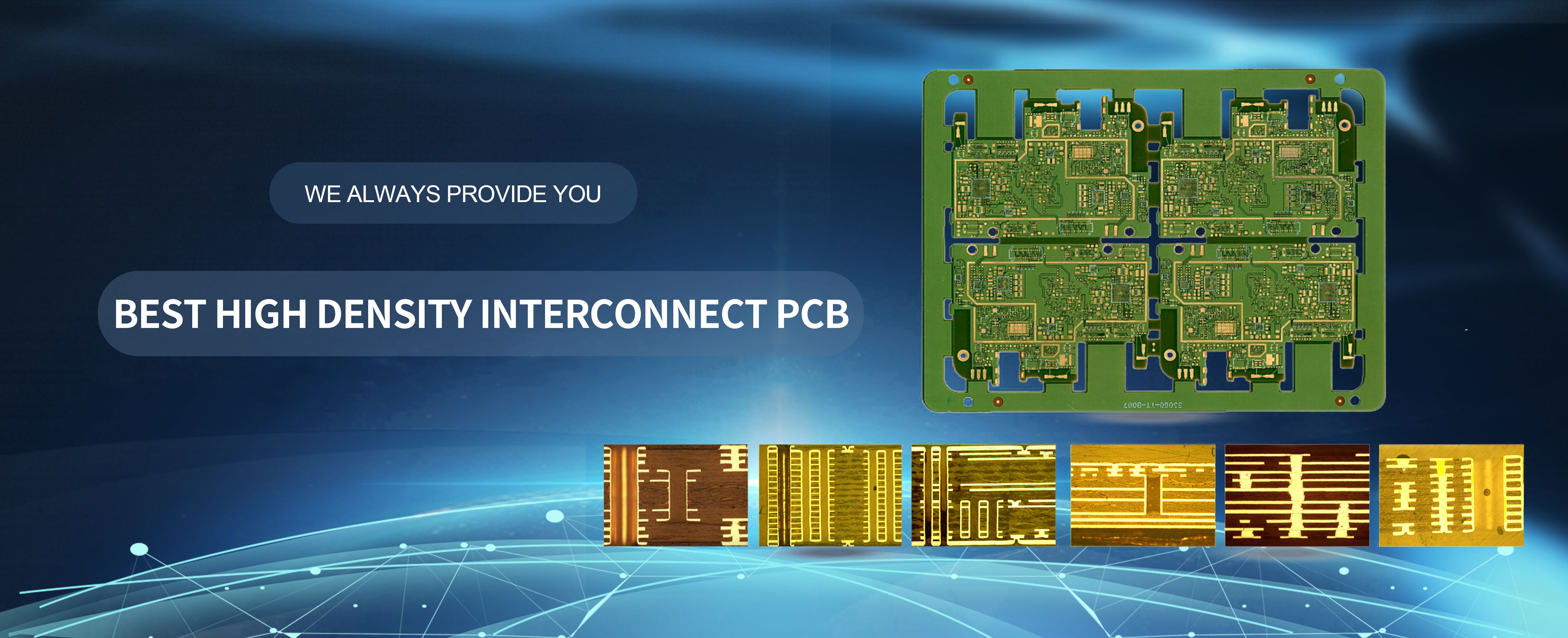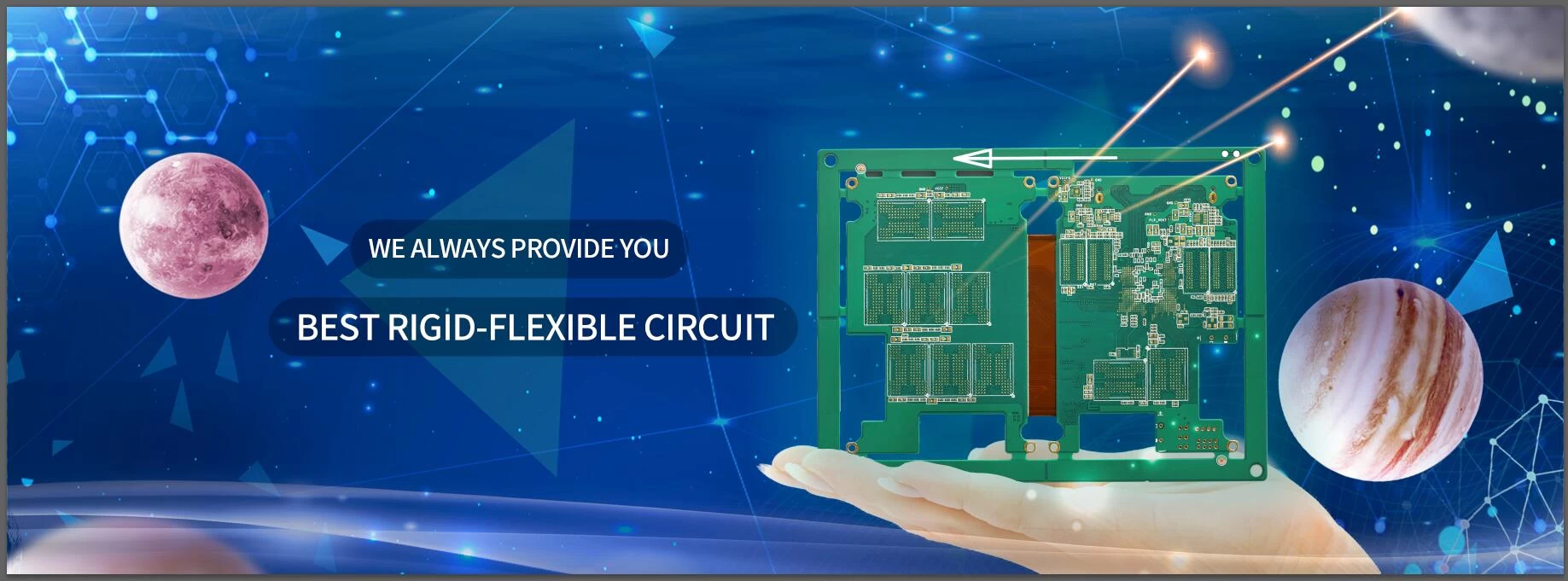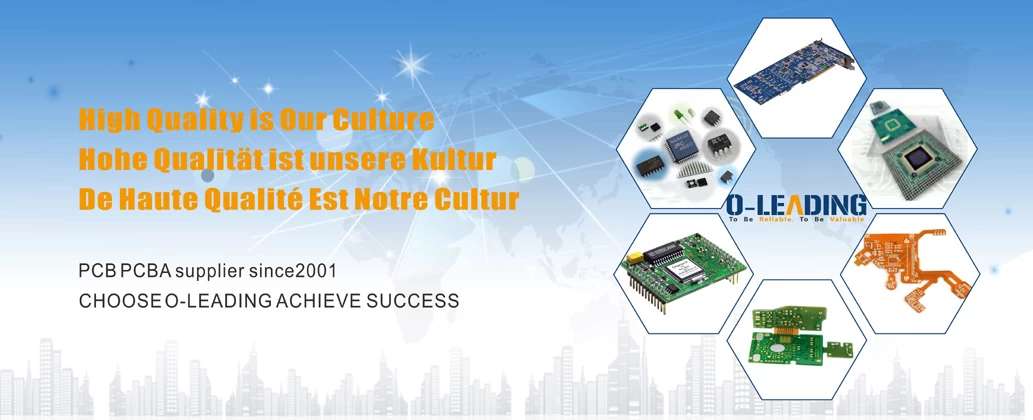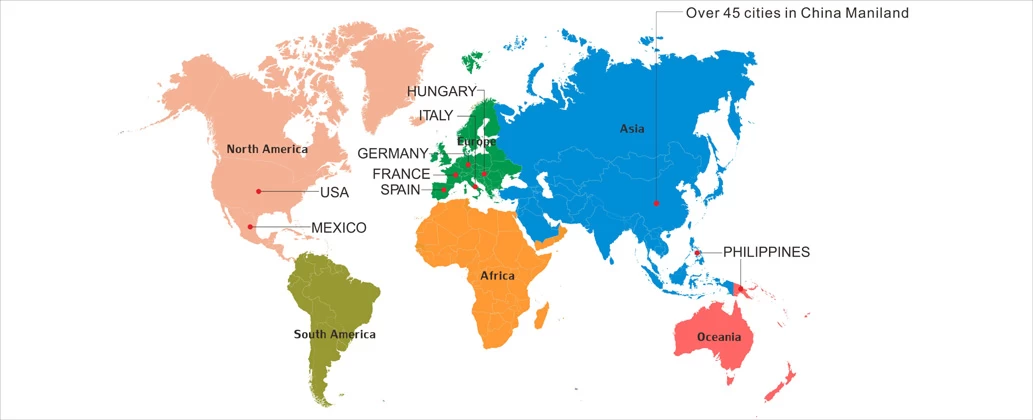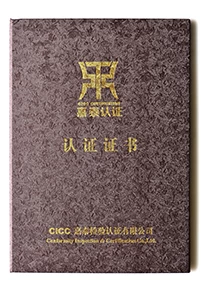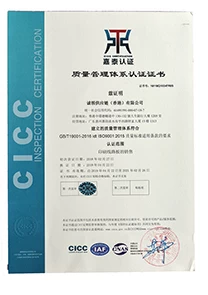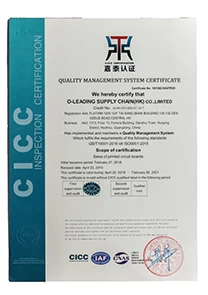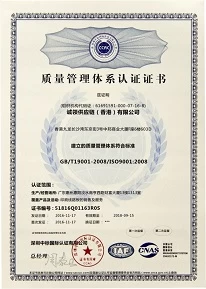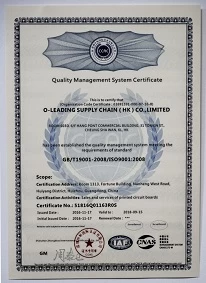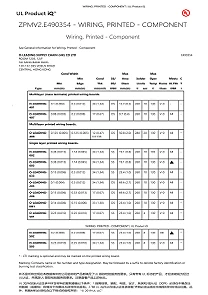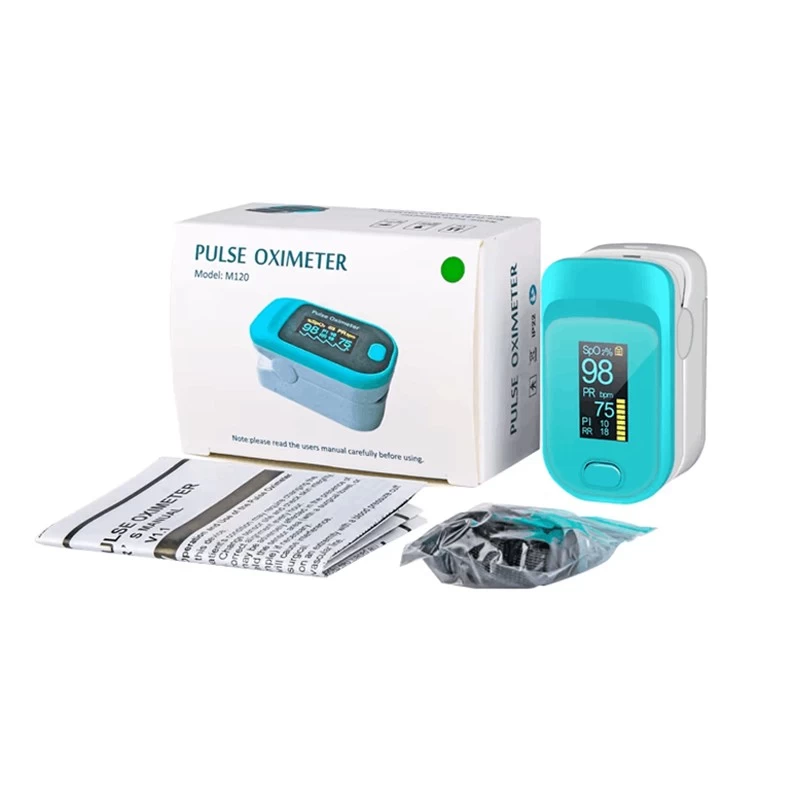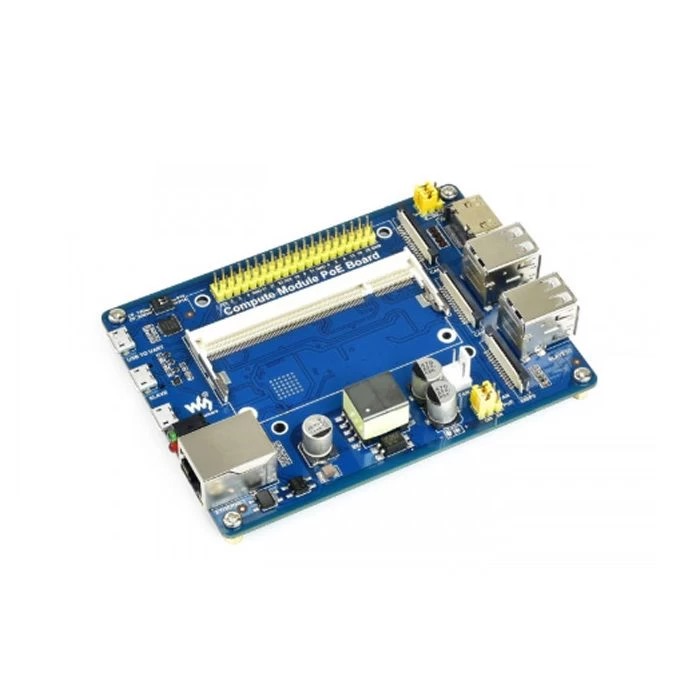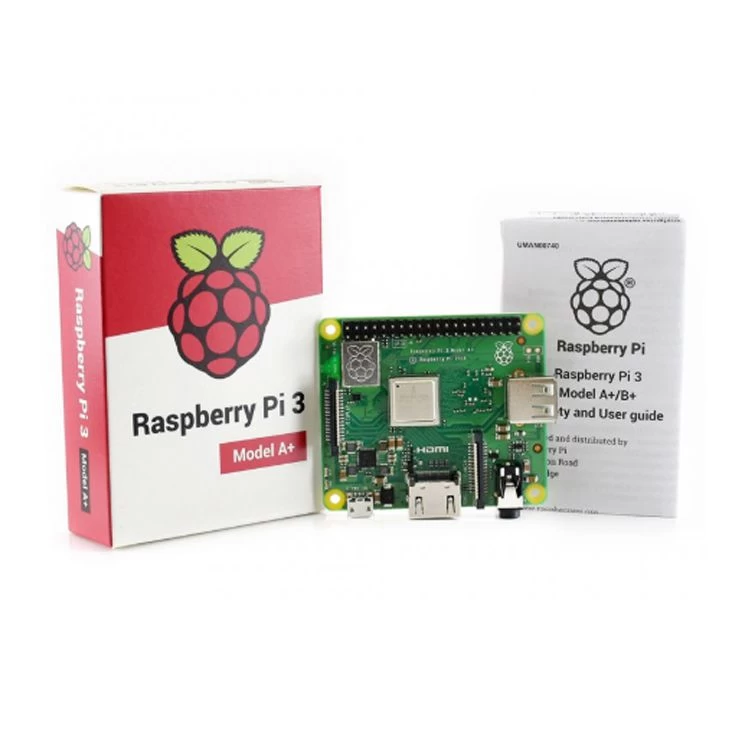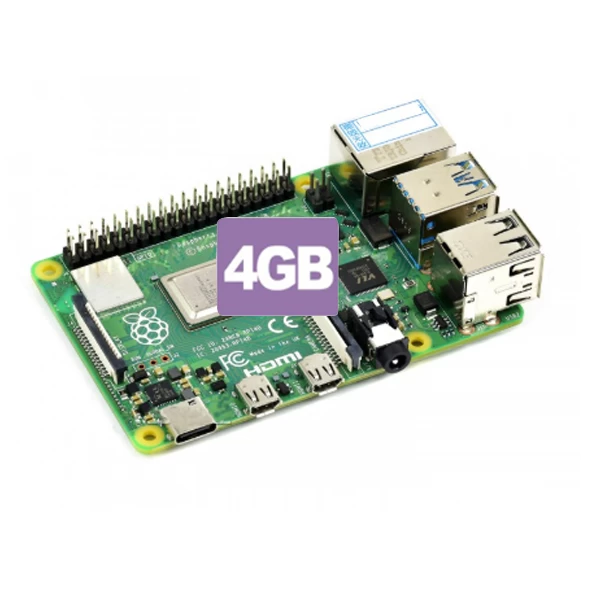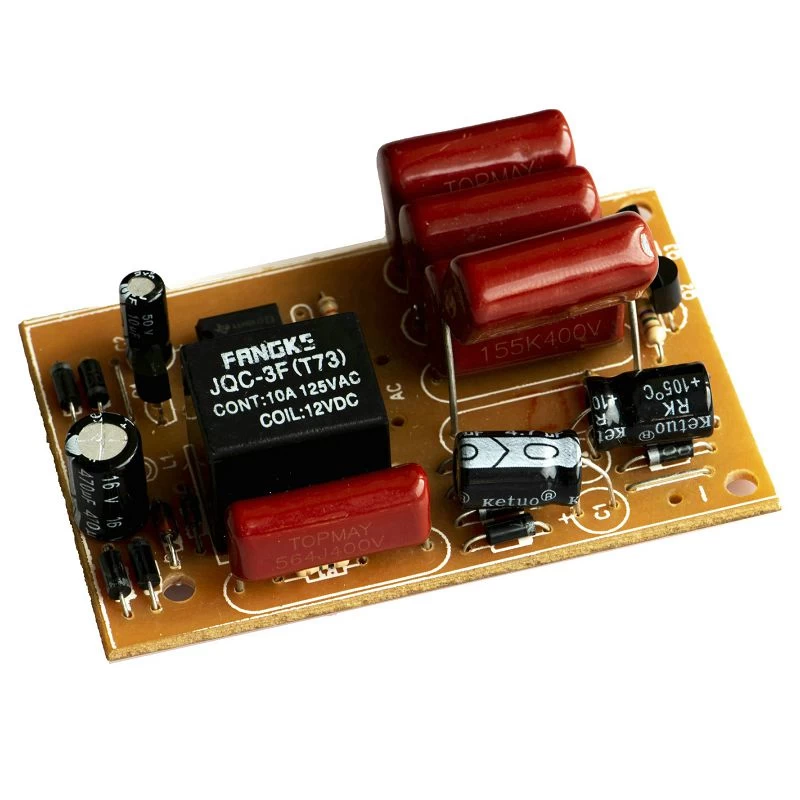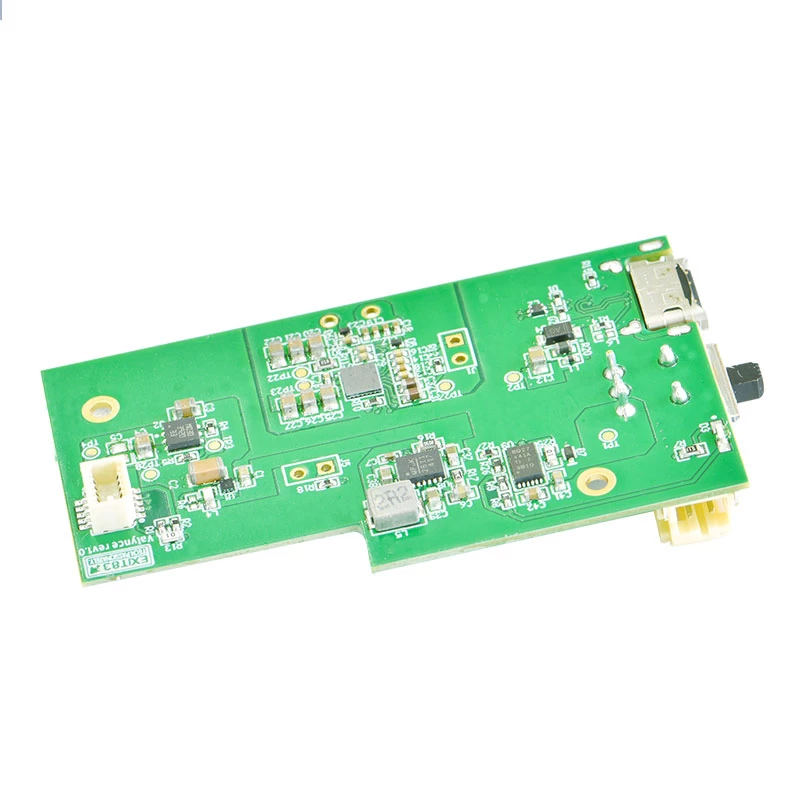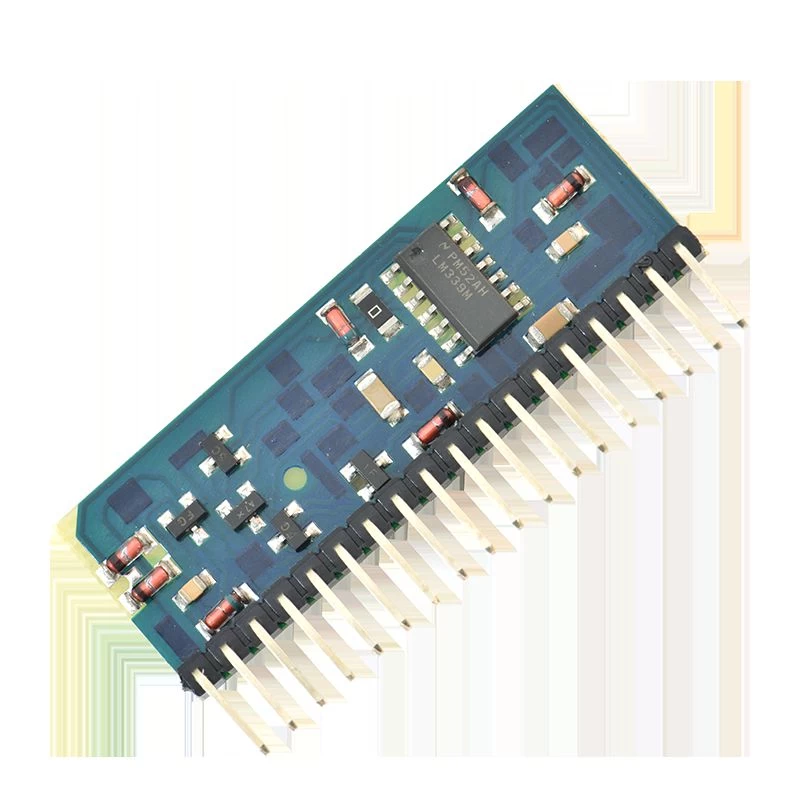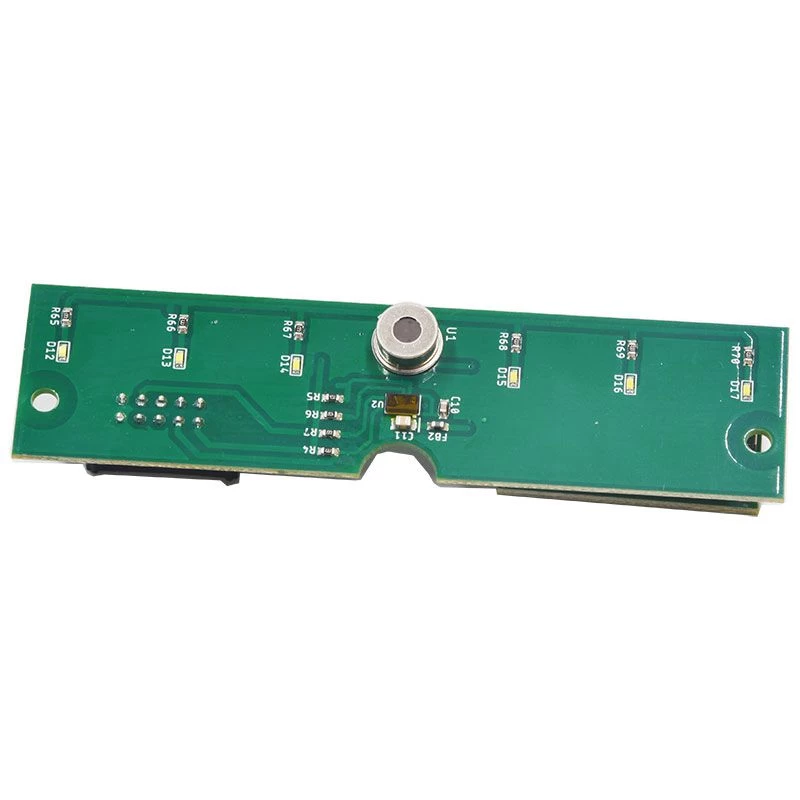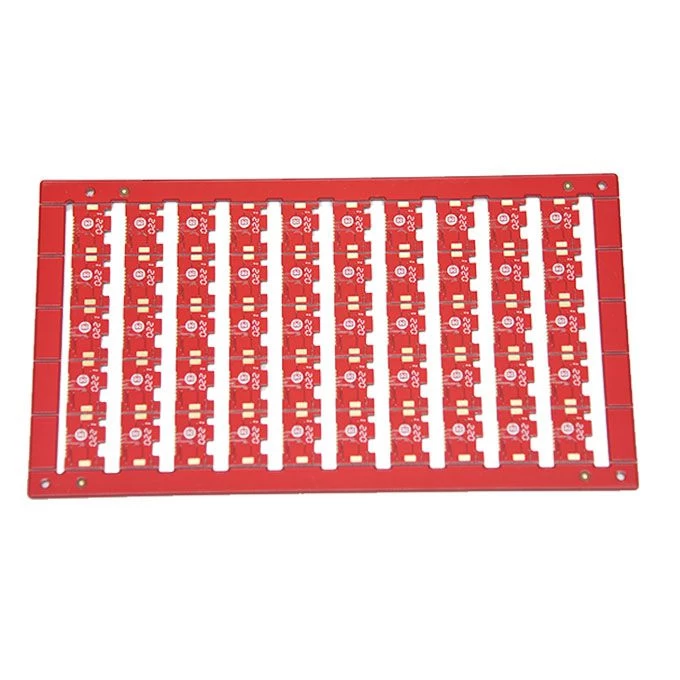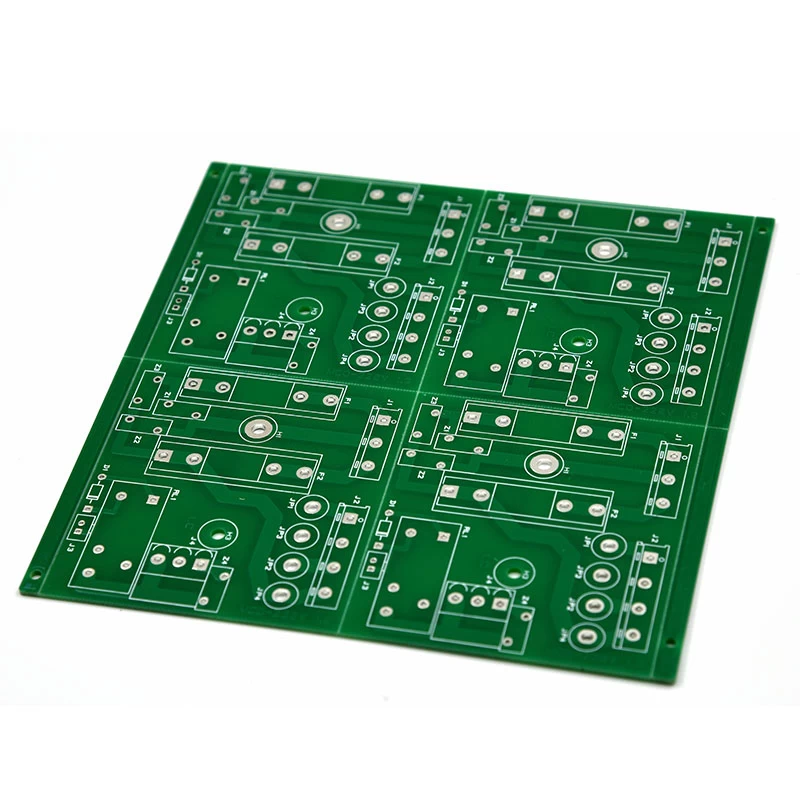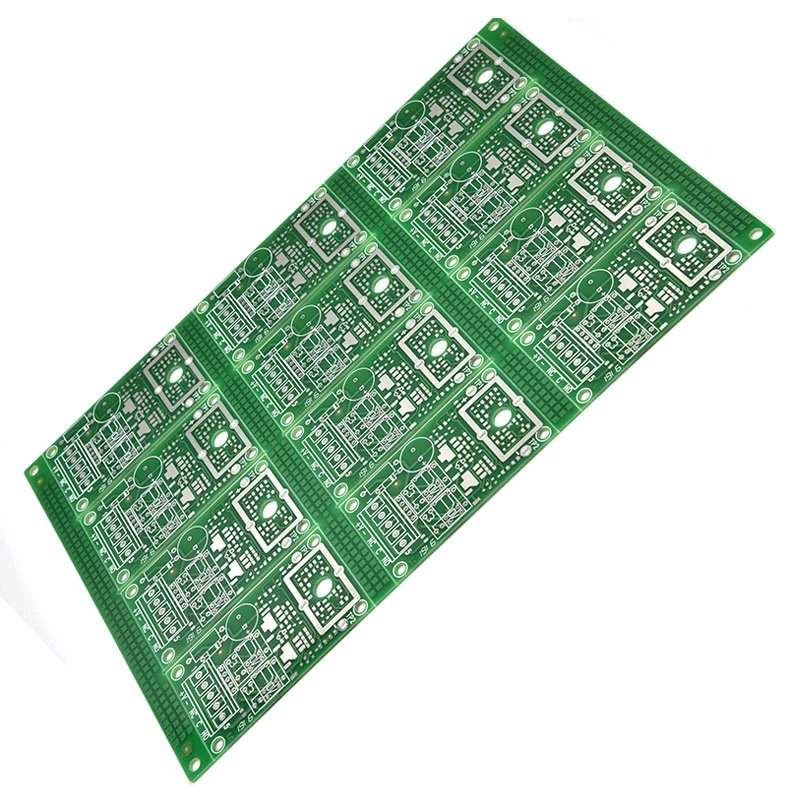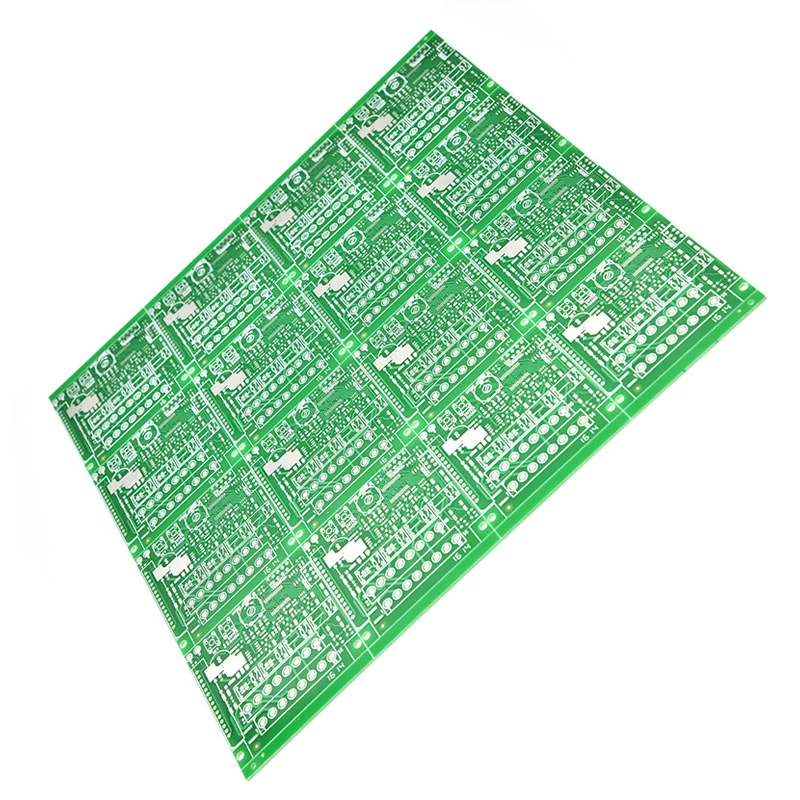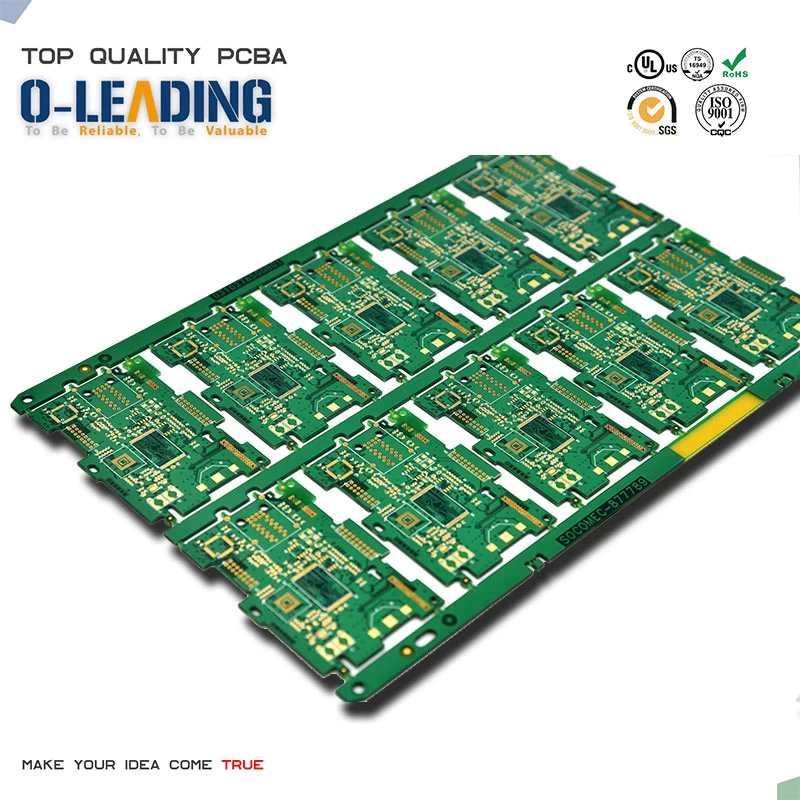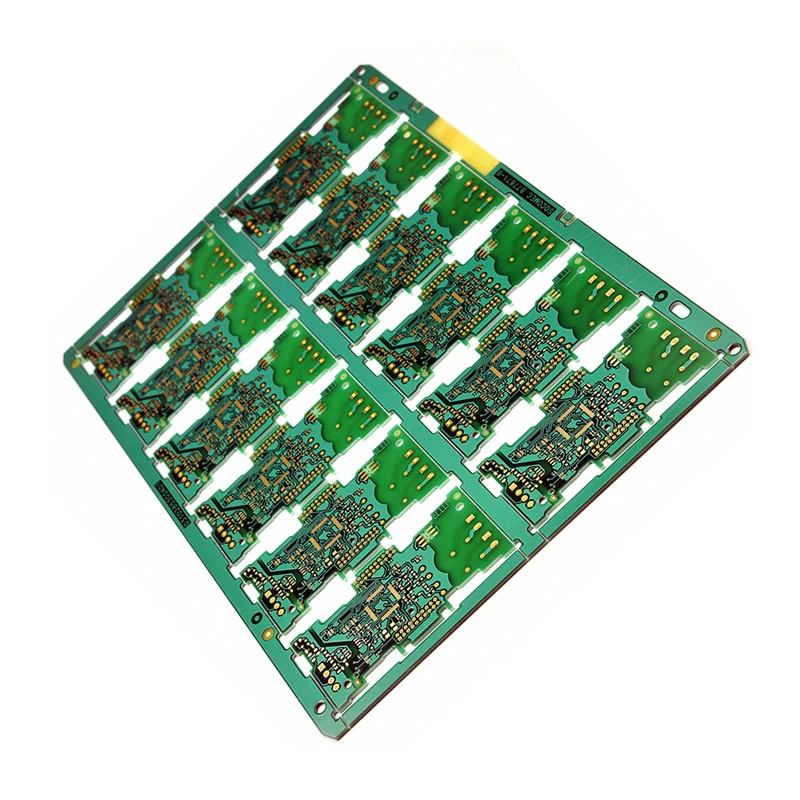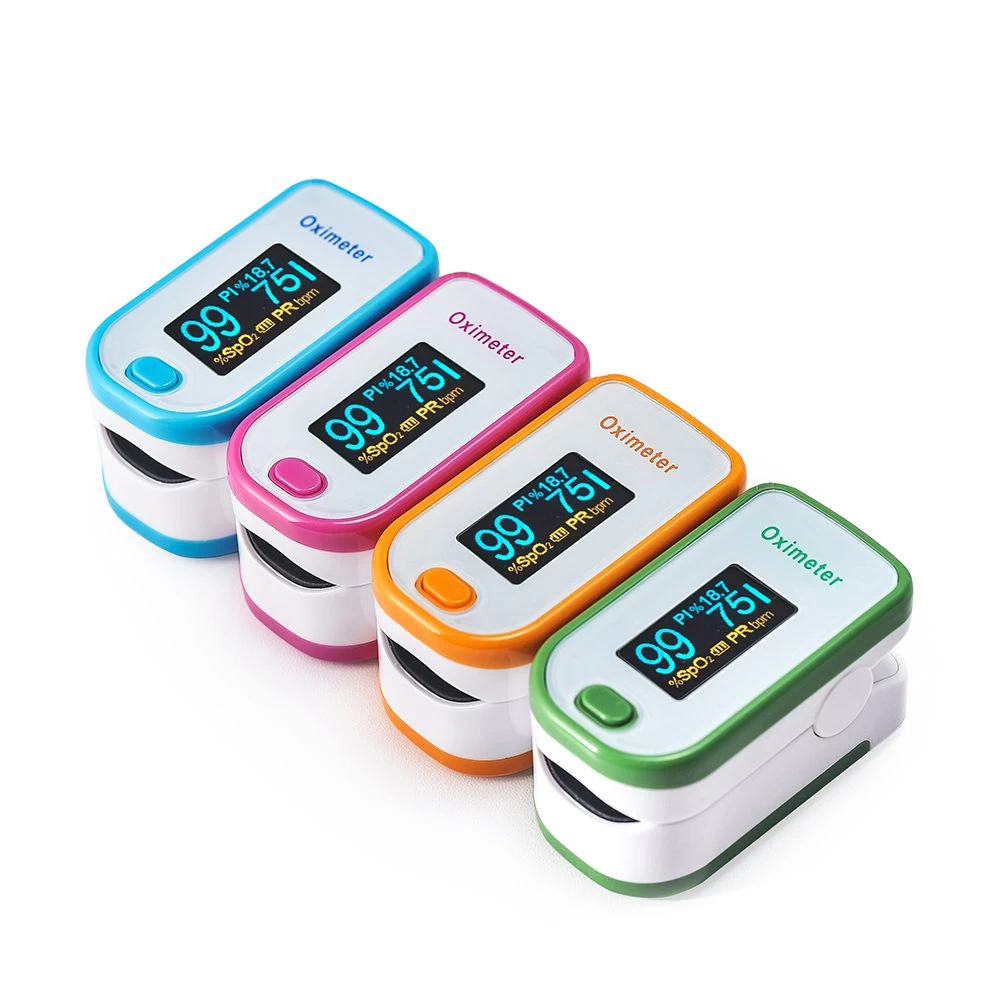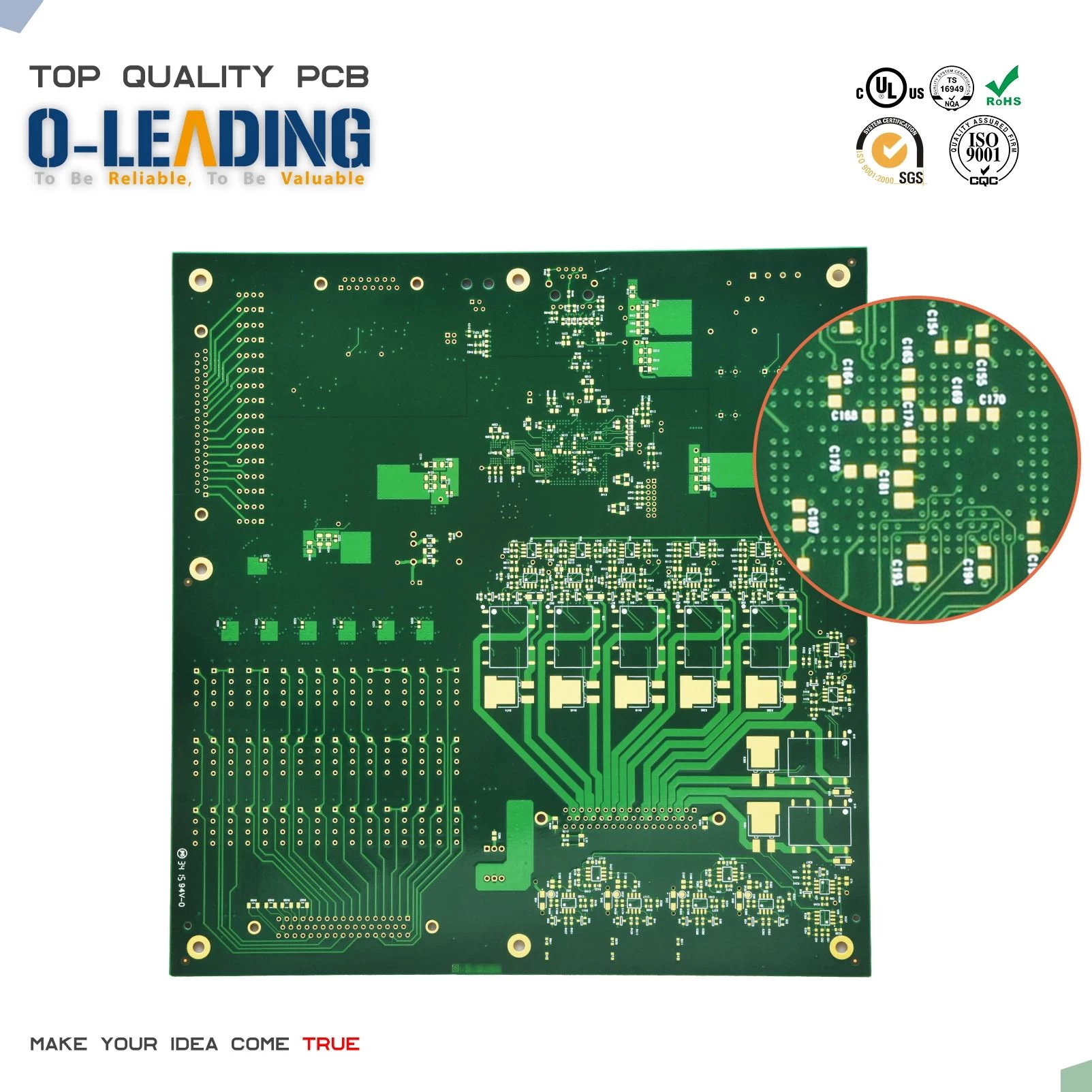Common PCB surface treatment process
o-leading.com
o-leading.com
2017-06-14 10:53:05
Human beings continue to improve the living environment requirements, the current PCB production process involved in the environmental problems is particularly prominent. In the case of increasingly high environmental protection, Pcb design in china and surface treatment process will certainly change in the future. The most basic purpose of surface treatment is to ensure good solderability or electrical properties.
As the natural copper in the air tend to exist in the form of oxides, is unlikely to remain long-term for the original copper, so the need for other treatment of copper. Although in the subsequent assembly, you can use strong flux to remove most of the copper oxide, but the strong flux itself is not easy to remove, so the industry generally do not use strong flux.
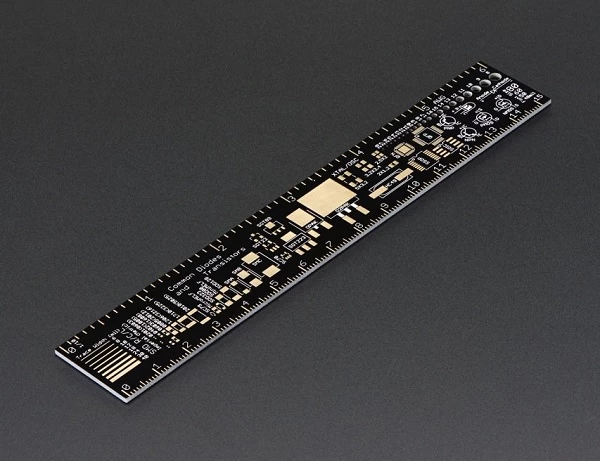 Now there are many PCB surface treatment process, common is hot air leveling, organic coating, electroless nickel / dip gold, silver and immersion tin of these five processes, the following will be introduced one by one.
Now there are many PCB surface treatment process, common is hot air leveling, organic coating, electroless nickel / dip gold, silver and immersion tin of these five processes, the following will be introduced one by one.
The first is the hot air leveling, also known as hot air solder leveling, it is in the PCB surface coated with molten tin (lead) solder and heating compressed air by the whole (blowing) flat process, to form a layer Anti-copper oxidation, but also provide a good solderable coating.
The second is the organic solderability protection agent (OSP), OSP is in the clean bare copper surface, the chemical method to grow a layer of organic film. This layer of film with anti-oxidation, heat shock, moisture resistance, to protect the copper surface in the normal environment is no longer continue to rust (oxidation or curing, etc.).
Third, the whole board nickel plating is the first surface of the PCB conductor coated with a layer of nickel and then coated with a layer of gold, nickel is mainly to prevent the spread between gold and copper.
Fourth, Shen Jin is wrapped in a copper layer on the thick layer of a good, good electrical nickel alloy, which can protect HDI pcb Printed circuit board for a long time; In addition it also has other surface treatment process does not have the tolerance of the environment. In addition, immersion gold can also prevent the dissolution of copper, which will benefit lead-free assembly.
Fifth, Shen tin process can form a flat copper-tin intermetallic compounds, this feature makes the tin tin with solderability and flatness.
Sixth, Shen silver process is relatively simple and fast; even exposed to hot, wet and polluted environment, silver is still able to maintain good solderability, but will lose luster. Shen silver does not have the good physical strength of electroless nickel plating / immersion gold.
Seventh, the chemical nickel palladium gold and gold compared to gold and gold is more than a layer of palladium, palladium can prevent the displacement reaction caused by corrosion, for the preparation of immersion gold. Kim is closely covered with palladium, providing a good contact surface.
Eighth, electroplating hard gold, in order to improve the wear resistance of the product, increase the number of plugging and plating hard gold.
 As the requirements of the Small volume pcb manufacturer is getting higher and higher, the environmental requirements become more and more strict, more and more surface treatment process, in the end the choice of the development prospects, more versatile surface treatment process, now seems a bit confusing, confusing The PCB surface treatment process will go where the future, and now can not accurately predict. In any case, to meet user requirements and protect the environment must first be done!
As the requirements of the Small volume pcb manufacturer is getting higher and higher, the environmental requirements become more and more strict, more and more surface treatment process, in the end the choice of the development prospects, more versatile surface treatment process, now seems a bit confusing, confusing The PCB surface treatment process will go where the future, and now can not accurately predict. In any case, to meet user requirements and protect the environment must first be done!

The first is the hot air leveling, also known as hot air solder leveling, it is in the PCB surface coated with molten tin (lead) solder and heating compressed air by the whole (blowing) flat process, to form a layer Anti-copper oxidation, but also provide a good solderable coating.
The second is the organic solderability protection agent (OSP), OSP is in the clean bare copper surface, the chemical method to grow a layer of organic film. This layer of film with anti-oxidation, heat shock, moisture resistance, to protect the copper surface in the normal environment is no longer continue to rust (oxidation or curing, etc.).
Third, the whole board nickel plating is the first surface of the PCB conductor coated with a layer of nickel and then coated with a layer of gold, nickel is mainly to prevent the spread between gold and copper.
Fourth, Shen Jin is wrapped in a copper layer on the thick layer of a good, good electrical nickel alloy, which can protect HDI pcb Printed circuit board for a long time; In addition it also has other surface treatment process does not have the tolerance of the environment. In addition, immersion gold can also prevent the dissolution of copper, which will benefit lead-free assembly.
Fifth, Shen tin process can form a flat copper-tin intermetallic compounds, this feature makes the tin tin with solderability and flatness.
Sixth, Shen silver process is relatively simple and fast; even exposed to hot, wet and polluted environment, silver is still able to maintain good solderability, but will lose luster. Shen silver does not have the good physical strength of electroless nickel plating / immersion gold.
Seventh, the chemical nickel palladium gold and gold compared to gold and gold is more than a layer of palladium, palladium can prevent the displacement reaction caused by corrosion, for the preparation of immersion gold. Kim is closely covered with palladium, providing a good contact surface.
Eighth, electroplating hard gold, in order to improve the wear resistance of the product, increase the number of plugging and plating hard gold.


